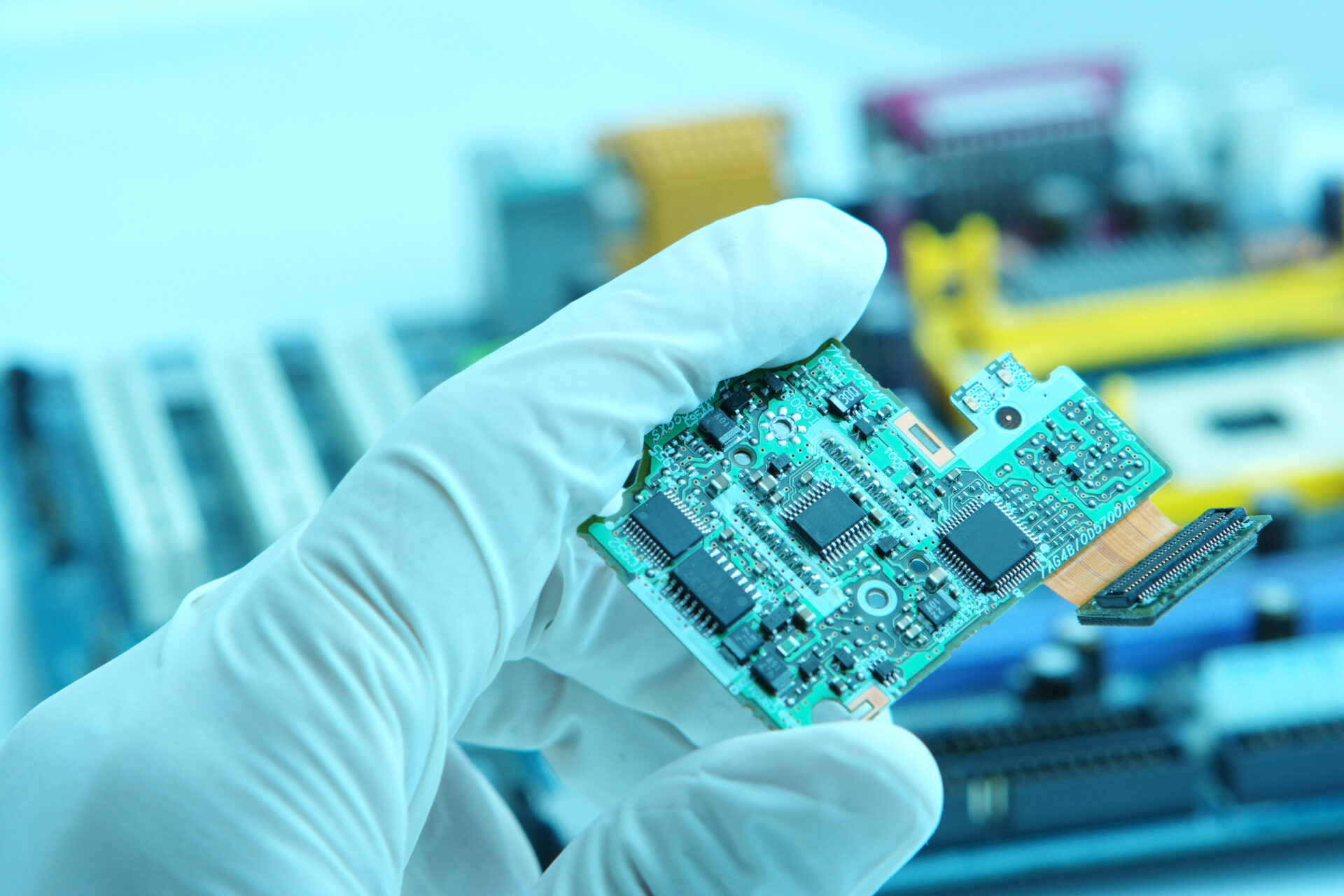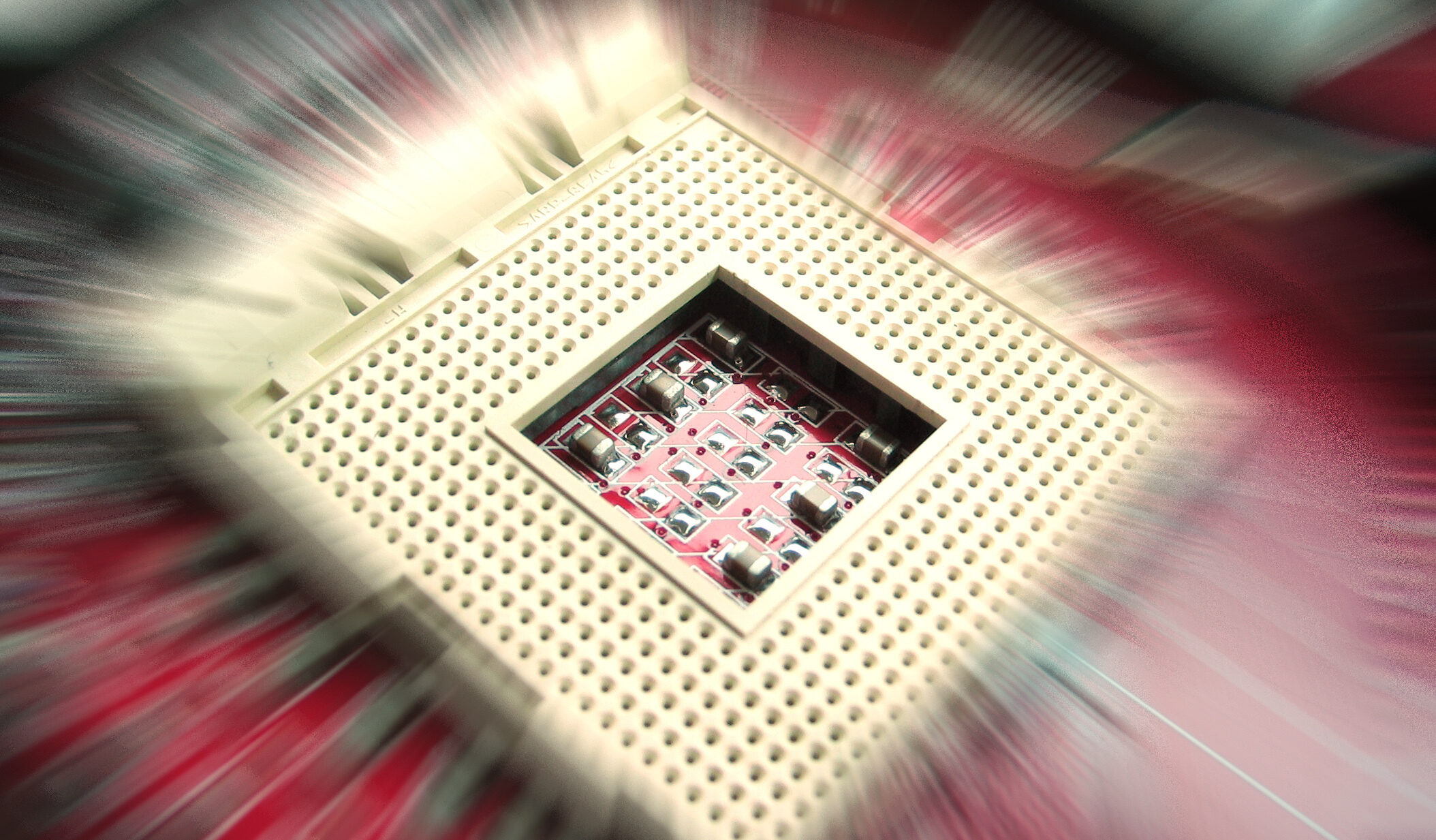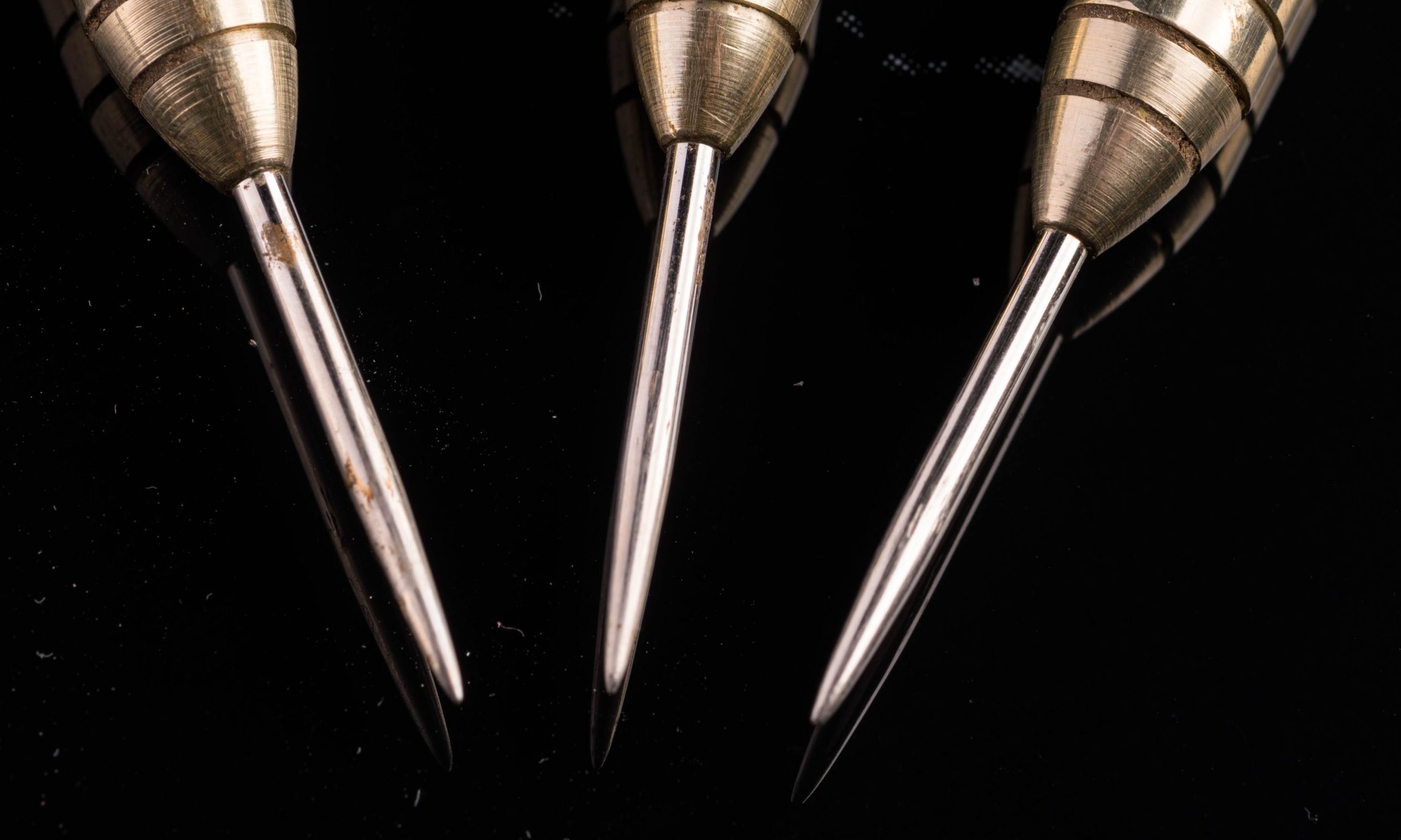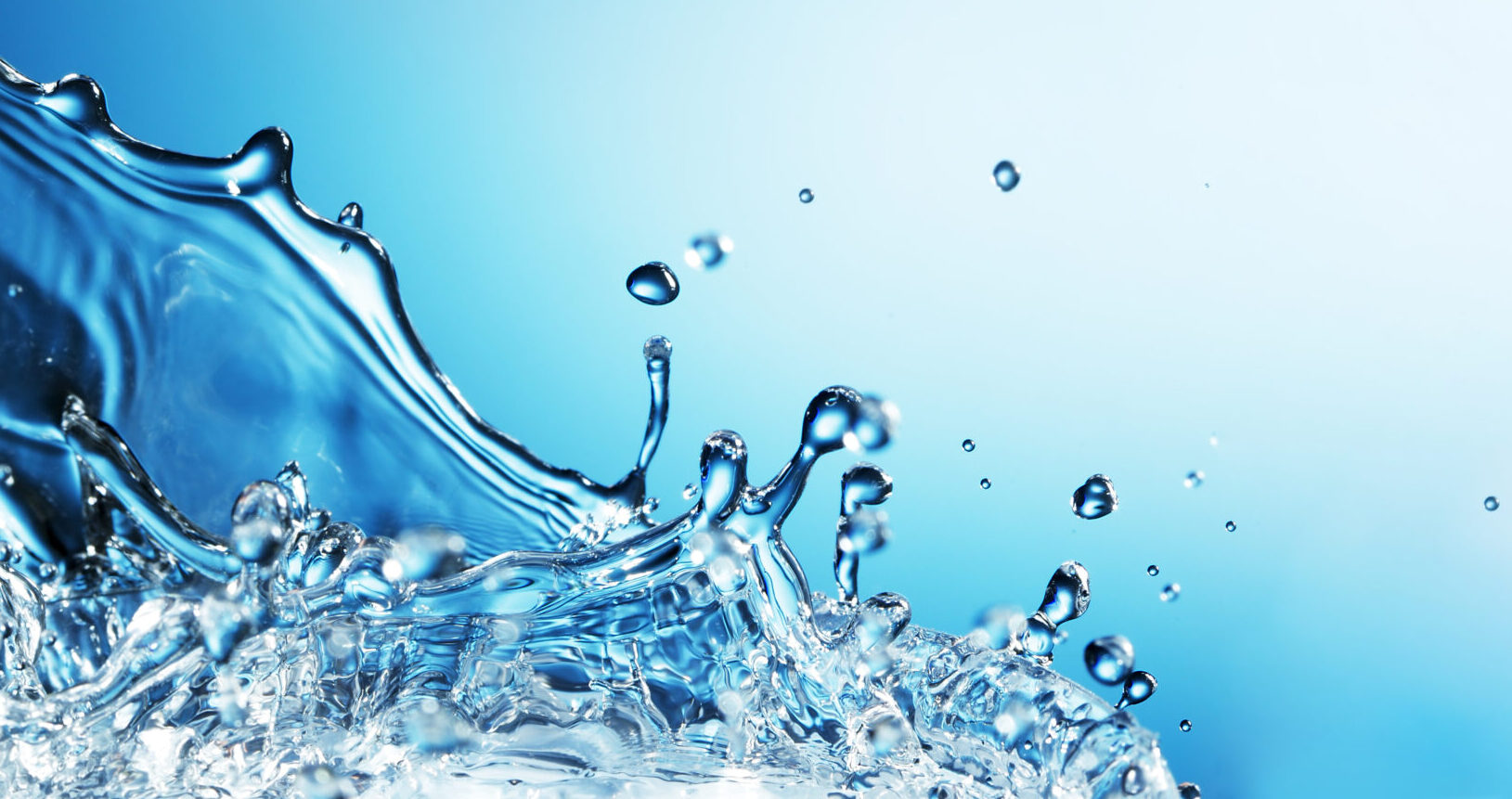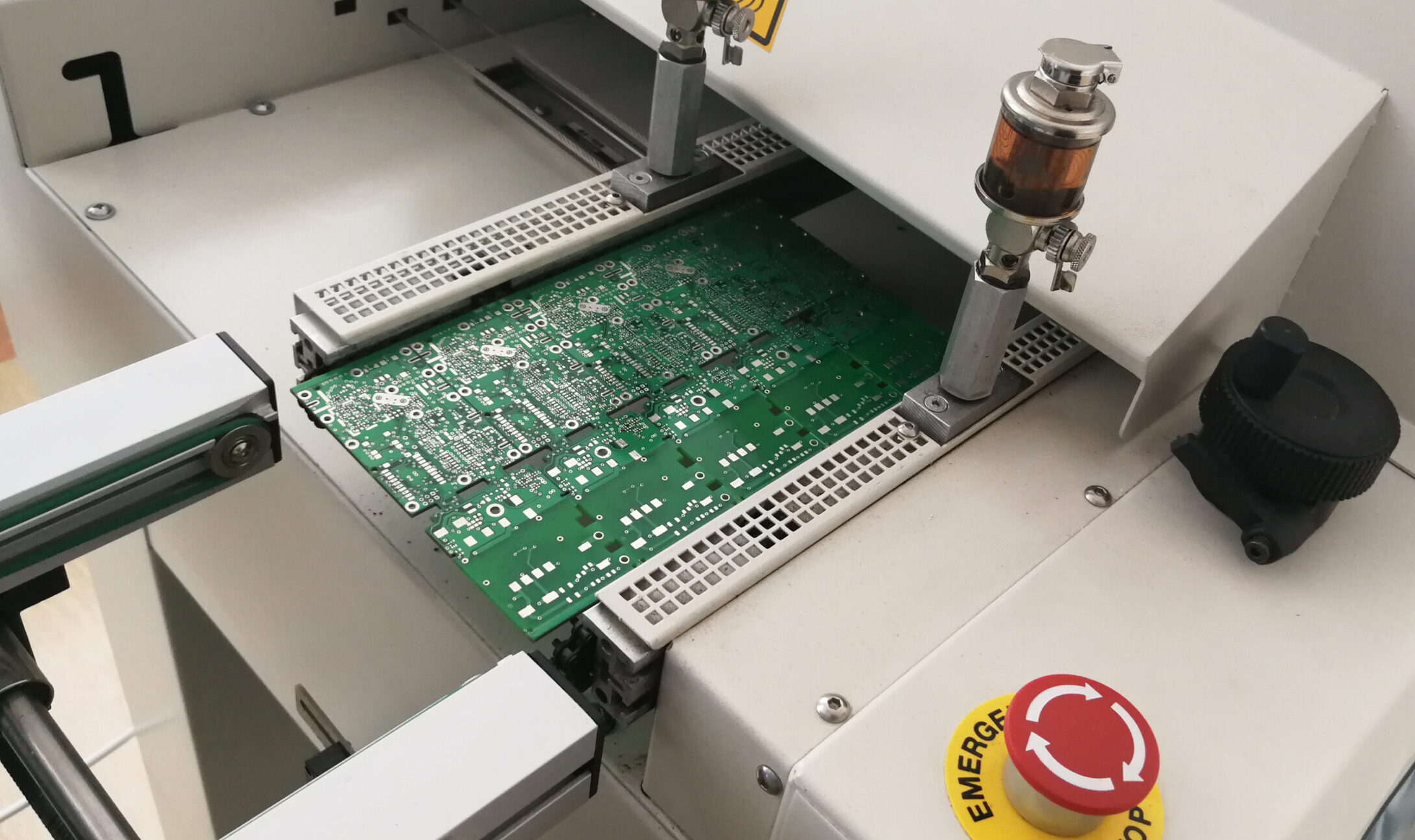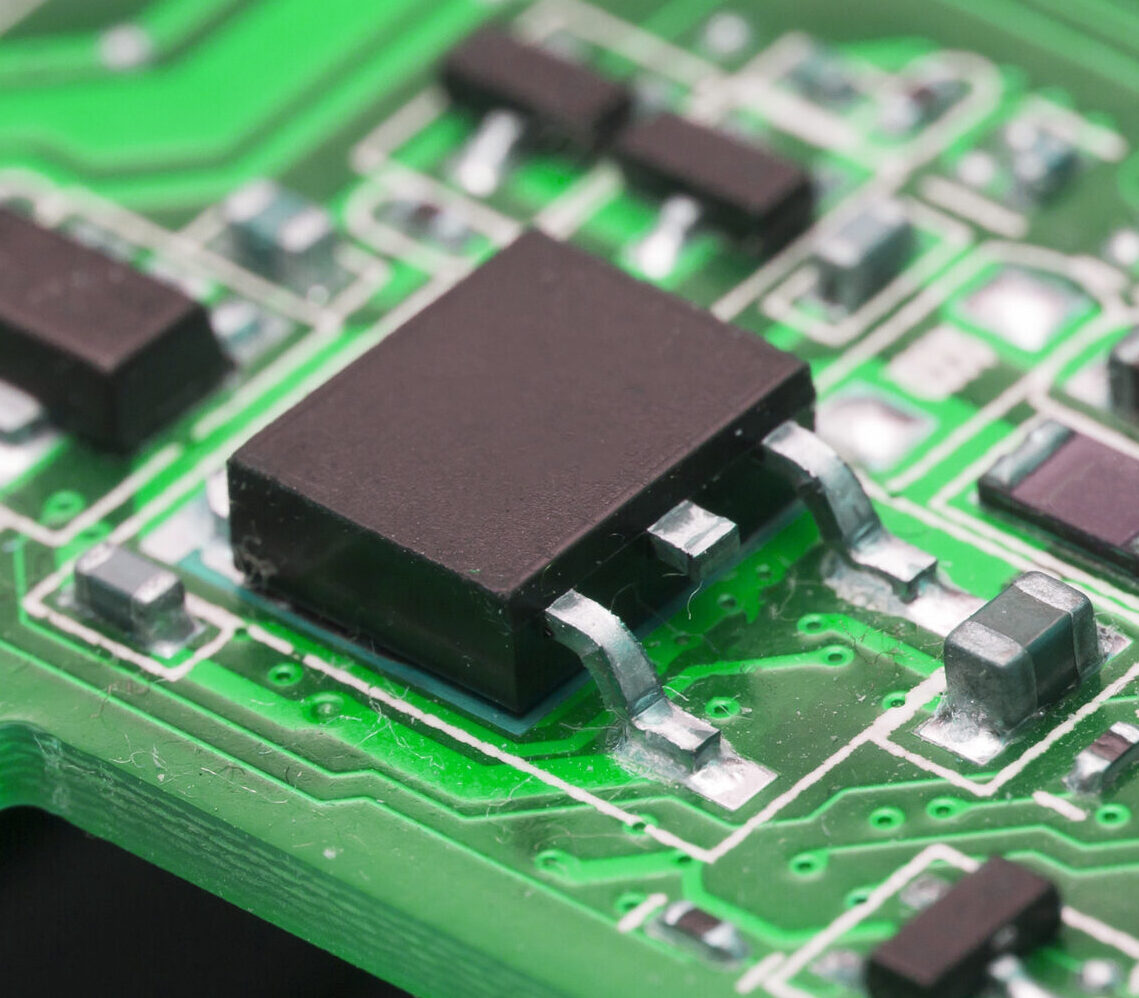Method
PIP (Pin In Paste)
Table of contents
What is Pin-in-Paste method?
PiP method is a production method which solders a component with pin (lead) in a through-hole using solder paste by reflow soldering. It is also known as through-hole reflow.
When assembling double-sided PCBs, lead component may be mounted. In such a case, PCBs were reflowed first, and the lead components were inserted in a through-hole. The PCB is then sent to spot wave soldering machine to solder the lead component.
However, PiP method is replacing the conventional wave soldering in order to increase the production efficiency.

Caution related to PiP method
Shape of the aperture
Since the volume of the solder after reflow would be approximately ½ of what was printed, through-hole apertures employ over-print design to ensure enough solder to fill inside the through-holes.
◾️Major over-print designs

Print process
Print condition should be adjusted as the solder paste should sufficiently fill inside the through-hole (e.g. slow down the print speed, use lower squeegee angle, etc.).
Preheat process
When preheat is too fast, heat slump occurs and solder paste on the pin will dribble.
Reflow process
If the resin reached softening point with considerable amount of solvent remained beyond the preheat, severe heat slump may occur and cause the solder balls.
Requirements for a PiP compatible solder paste
- High print transfer ratio that can easily fill the solder paste in through-holes
- Flux has high heat resistance that can ensure unchangeable heat slump resistance regardless of the change in preheat setting
- Good solder coagulation to prevent solder paste from dribbling down the pin and inhibits solder ball occurrence
Keywords / Related articles
Contact Us Inquiry
For any requests for estimates, product information, technical questions, etc. please reach out to us.

